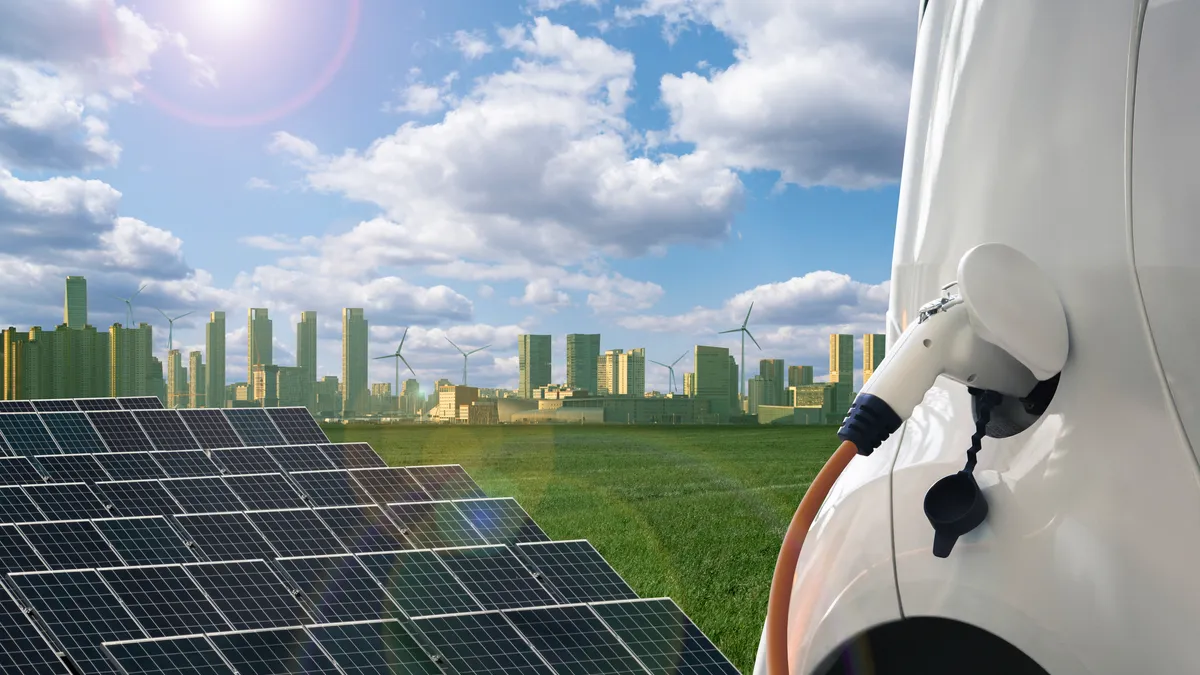In recent years, America has fallen behind world leaders in climate innovation, especially in the transition to electric vehicles. While Europe and China have moved to embrace green transportation, the United States has clung to outmoded gas-guzzlers. However, a couple months into 2023, there are already major moves to make the nation the clean energy powerhouse of the world. In January, the Biden administration released a national blueprint for decarbonizing the transportation sector – including tactics such as greater investment in mobility infrastructure and partnerships between public and private sectors.
Recent changes in the US legislative landscape are also signaling a massive shift away from traditional internal combustion engine (ICE) vehicles. Regulators in California and New York have banned the sale of gas-fuelled cars after 2035, while the Inflation Reduction Act, enacted this past August, shows the US government’s commitment to EVs in the form of billions of dollars worth of tax credits to EV manufacturers and consumers. Even more, to keep up with this consumer move and legislation to ditch gas-powered cars, many automakers are working on electrified lineups.
There is no one solution in making the US a clean energy leader, but American energy companies and automakers are in place to kick the nation in the right direction and shift how consumers think about energy.
Making it Cost-Effective
Consumers in every industry are driven by savings, and EV owners will be no different — it shouldn’t be the customer’s responsibility to monitor market fluctuations. Since electricity prices depend on the supply and demand on the grid at any given time, utilities need to lead the charge by enabling automated charging for drivers, using intelligent behind-the-scenes optimization to save customers time and money.
New energy tech solutions, like Kraken, do just that by enabling utilities to give their customers more control of their electricity consumption charging preferences. Kraken’s technology offers utilities end-to-end management of the whole value chain, which enables them to take better care of customers in real time. As a result, utilities can offer more flexible customizations, such as giving customers the ability to schedule when they want their cars charged and how much (e.g. 100% charge by 8 a.m.). From there, consumers can “set it and forget it,” making EV charging seamless, intuitive, and convenient. When paired with AI and machine learning technologies like the Intelligent Octopus product, smart charging solutions can opt to charge when grid demand is at its lowest and energy is at its cheapest, all while ensuring EVs meet the consumer target and charge time. Utilities can then pass these savings on to customers using flexible rates that are based on grid demand, making electric vehicle charging greener, cheaper, and easier to adopt.
Not only does this benefit the customer, but utilities stand to save a lot by implementing these kinds of managed charging programs. When consumers switch to higher powered EV charging, utilities bear the brunt of the grid impact and costs. Utilities save a great deal by incentivizing time-of-use (TOU) rates or managing consumer charging through smart devices to best optimize charging schedules. By shifting charging times to optimal hours (such as overnight), utilities can help balance costs and secure grid resources. With US utility bills expected to rise by up to 25 percent in the coming months, innovations like this can save both customers and utilities money.
Grid Balancing
Utility companies also need to prepare for the operational challenges that will come with increased overall demand due to electrification of heat and transport — after all, US energy demand is expected to grow by almost 50 percent by 2050. To ensure energy grids remain strong and avoid blackouts, system failures, and other emergencies, utilities need to start optimizing their grid assets — not just large-scale batteries but consumer small-scale assets — like EVs, smart thermostats, solar inverters and green heat pumps.
By integrating grid-balancing solutions that optimize consumer energy use, utilities can play a major role in maintaining the stability of the grid. Scheduling low-carbon devices like EVs to charge when demand is low eases the grid load, and these same low-carbon smart devices can even put energy back into the grid through Vehicle-to-Grid (V2G) tech. Kraken enables utilities to offer flexible energy plans that incentivize customers to participate in grid-balancing, thereby creating a more reliable, more effective grid.
The impending EV transition marks an opportunity for America to become a global clean energy leader — but EV customers will need the right tech from their energy providers to do it.










